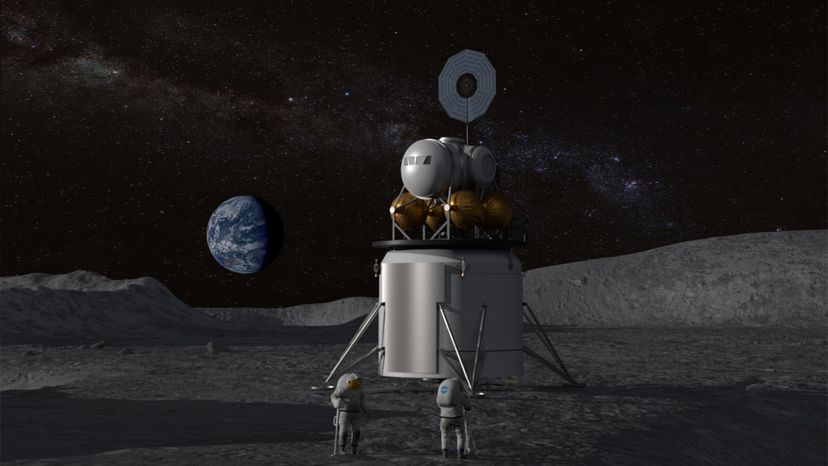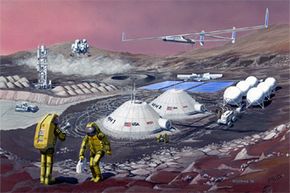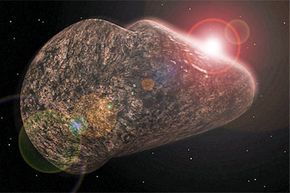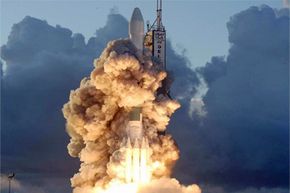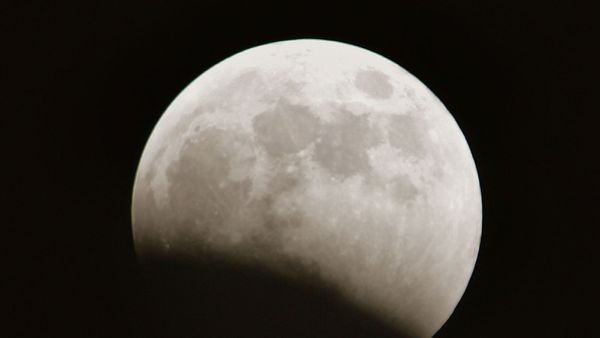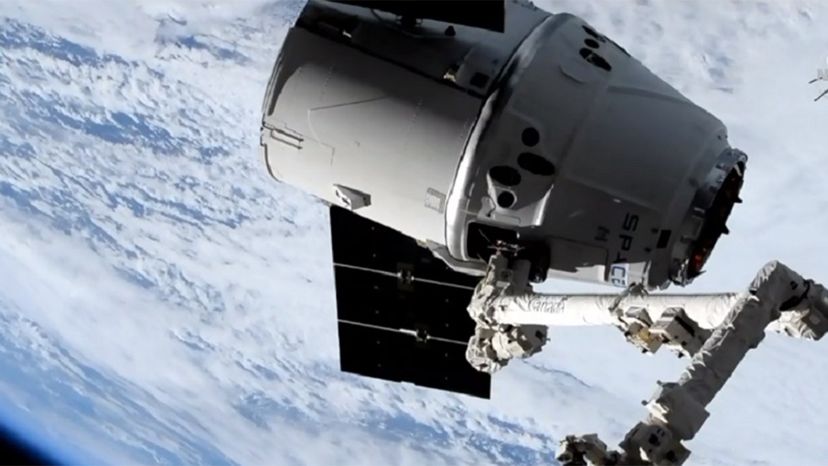
Key Takeaways
- Elon Musk of SpaceX envisions colonizing Mars with a self-sustaining city of 80,000 people, while NASA and the European Space Agency have plans for lunar bases to serve as stepping stones for further space exploration.
- The moon offers a more accessible starting point for colonization, due to its proximity to Earth.
- Long-term human survival and expansion into space may involve colonizing not just Mars and the moon but also asteroids, dwarf planets and eventually Earth-like exoplanets.
If you think that the idea of colonizing other planets is something out of a particularly far-fetched science fiction movie or book, Elon Musk, founder of private space travel company SpaceX, has a surprise for you.
Musk has said that there's a 70 percent chance that he'll travel on a rocket to Mars in his lifetime, and that he's thinking about eventually moving there to live in a human outpost on the surface of the red planet [source: Allen and VandeHei].
Advertisement
Unlike the protagonist of the science-fiction novel and movie "The Martian," Musk most likely wouldn't be lonely on the red planet. Back in 2012, at a conference of the Royal Aeronautical Society in London, he sketched out a vision for a Mars colony that eventually would grow to the size of a small- to medium-sized city on Earth, with 80,000 inhabitants [source: Coppinger].
While Musk envisions a private-sector Mars colony, NASA has plans to eventually establish a base on Mars as well. The Trump Administration currently is focused upon revisiting the moon by 2024 and building a permanent base there that would provide the opportunity for "developing the technologies to take American astronauts to Mars and beyond," in the words of Vice President Mike Pence [source: Wall]. In anticipation of that day, NASA already is testing technologies such as space habitat modules — basically, spacefaring mobile homes that would provide life support for humans living on the surface of other worlds [source: NASA].
The European Space Agency also has envisioned setting up its own "Moon Village" on the lunar surface [source: Woerner].
Meanwhile, visionaries also are looking toward the eventual colonization of Earth-like exoplanets orbiting around other stars [source: Ceriotti].
What has humans looking to make new homes in the cosmos? The National Space Society, a private-sector organization that promotes a spacefaring future, cites a variety of reasons for building colonies in space. One reason is that other worlds contain vast amounts of metals and other natural resources and potential sources of energy, and provide opportunities for "potentially profit-making industries" [source: National Space Society].
Establishing outposts on other worlds also might be a way to hedge the bet on humanity's survival, in case our existence on our home planet is threatened by a nuclear war, climate change, pandemics and population growth. The late physicist Stephen Hawking believed that humanity needs to colonize another planet within the next century, if it is to avoid the threat of extinction [source: Kharpal].
But before humans venture to distant worlds, they'll most likely be starting with a colony on the moon. In the next section, we'll look at what might be needed to live there.
Advertisement
